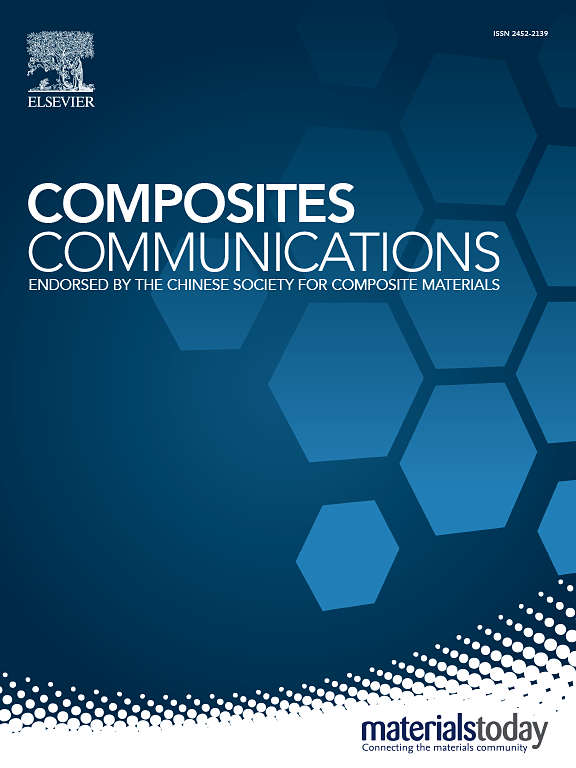Inverse design of material, structure, and process for dielectric properties of additively manufactured PLA/BaTiO3 polymer composites
IF 6.5
2区 材料科学
Q1 MATERIALS SCIENCE, COMPOSITES
引用次数: 0
Abstract
Additive manufacturing holds excellent potential for engineering highly integrated and miniaturized microwave components with targeted dielectric constant and loss tangent for the desired operating frequency bands. However, searching for optimal combinations of material, structure, and process that produce components with desired dielectric properties remains a nontrivial task due to the large design space and complex relationship. This paper proposes an inverse design method for tailoring the dielectric properties of additively manufactured PLA/BaTiO3 polymer composites by exploring their multidisciplinary design space, including material composition, infill structure, and process parameters. This approach utilizes the theoretical Yamada and first-order models to predict the material-property and structure-property relationships, respectively. For given material composition in PLA/BaTiO3 polymer composite, the few-shot learning (FSL) model with model-agnostic meta-learning (MAML) algorithm is trained to predict the targeted dielectric properties on the integrated structure-process-property relationship of additively manufactured PLA/BaTiO3 polymer composites. The inverse design approach of the theoretical Yamada model provided a relative error below 3.25 % on the dielectric constant and 6.15 % on loss tangent in material composition ranging from 5 wt% to 80 wt% of BaTiO3 filler, achieving 13.913 ± 0.028 and (4.373 ± 0.023) × 10−2. The inverse design approach of FSL with the MAML algorithm had a relative error of less than 4.93 % and 4.73 % on the dielectric constant of linear and gradient patterns in the structure-process-property function. This work successfully proposes the FSL model with the MAML algorithm to inversely predict targeted dielectric properties on structure-process-property integration in PLA/BaTiO3 polymer composites, which can accelerate the inverse design cycle and enlarge the controllable property range of additively manufactured microwave components.
求助全文
约1分钟内获得全文
求助全文
来源期刊

Composites Communications
Materials Science-Ceramics and Composites
CiteScore
12.10
自引率
10.00%
发文量
340
审稿时长
36 days
期刊介绍:
Composites Communications (Compos. Commun.) is a peer-reviewed journal publishing short communications and letters on the latest advances in composites science and technology. With a rapid review and publication process, its goal is to disseminate new knowledge promptly within the composites community. The journal welcomes manuscripts presenting creative concepts and new findings in design, state-of-the-art approaches in processing, synthesis, characterization, and mechanics modeling. In addition to traditional fiber-/particulate-reinforced engineering composites, it encourages submissions on composites with exceptional physical, mechanical, and fracture properties, as well as those with unique functions and significant application potential. This includes biomimetic and bio-inspired composites for biomedical applications, functional nano-composites for thermal management and energy applications, and composites designed for extreme service environments.
 求助内容:
求助内容: 应助结果提醒方式:
应助结果提醒方式:


